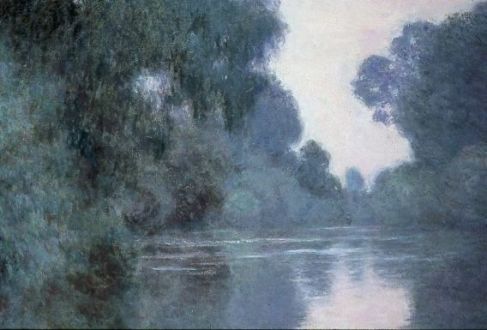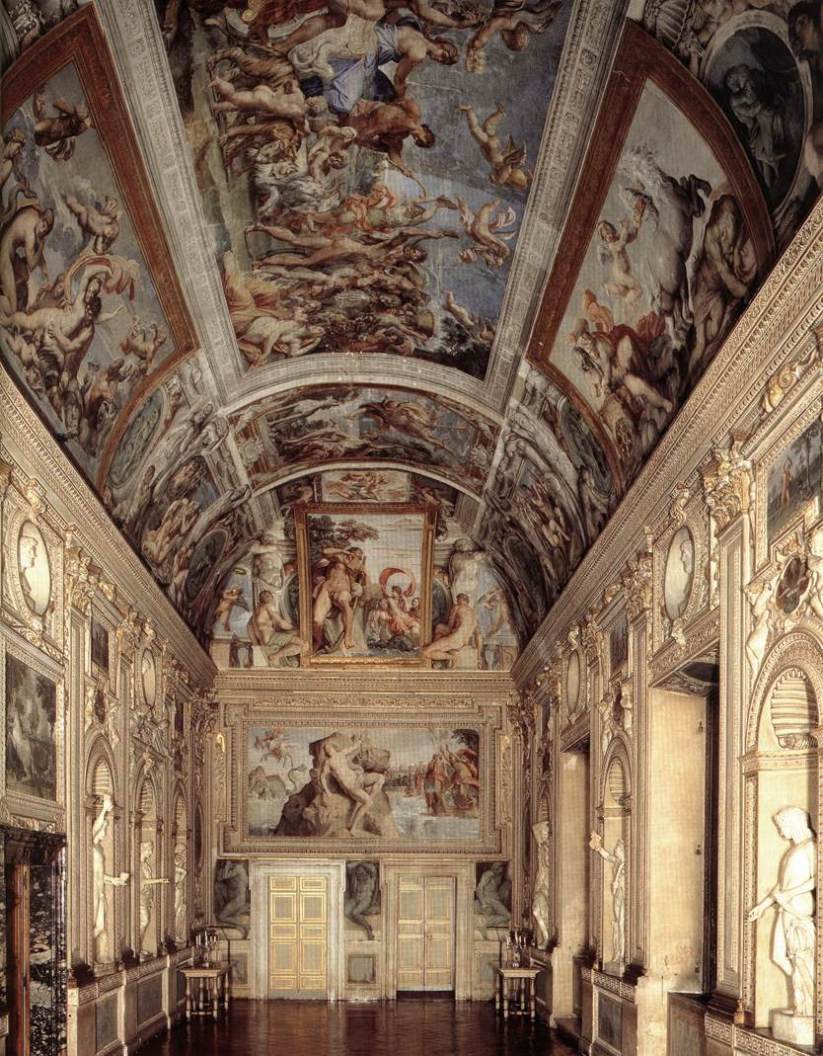The Impressionist style of painting was a new look at visual art in the late 19th Century. A group of painters began to focus on the sensationalism of a scene. The result was one of the most unique art movements in history [1].
Manet influenced the development of impressionism. He painted everyday objects. Pissaro and Sisley painted the French countryside and river scenes. Degas enjoyed painting ballet dancers and horse races. Morisot painted women doing everyday things. Renoir loved to show the effect of sunlight on flowers and figures. Monet was interested in subtle changes in the atmosphere [2].
Impressionist works are sometimes described as ‘captured moments’ and are characterized by short quick brushstrokes of color which, when viewed up close looks quite messy and unreal. If you step back from and Impressionist painting, however, the colors are blended together by our eyes and we are able to see the painter’s subject [3]. Impressionist technique challenged the smooth finish demanded by the Academie des Beaux-Arts. However, the sketchiness or patchiness found in many Impressionist paintings is not the result of carelessness or incompetence, as was implied by critics. It was as intentional device used by these painters to convey something of the experience of the rapid movement or variety in a scene [4].
“The Morning on the Seine near Giverny” painted by Claude Monet in 1897. The painting was begun in 1896 but not completed until 1897 because of inclement weather. For nearly 2 years, Claude Monet left his Giverny house well before dawn to travel a few miles to the Seine River where he could paint from his floating studio. He routinely left his house at 3:30 AM to make sure that he was at the river to capture the early morning light through the fog that often covered the Seine. He painted quickly to capture the atmospheric effects before the fog evaporated. By late morning, he normally returned home as the effect had disappeared at the point [5].
This painting is one of art that I like among Impressionist paints. Its colors of pinkish mauve, cool blues, and greens are matched with large, simple, rounded shapes and the technique that he used for the fog is amazing. I do not hate Impressionist arts, however I personally like paintings from Baroque Era much better than the Impressionist arts. One of my favorite painting is “The Loves of the Gods” painted by the Bolognese artist Annibale Carracci in the Farnese Gallery. It is more naturalistic, being straightforward, clear, legible.
References
[1] http://www.ehow.com/how_2052429_paint-impressionism-style.html
[2] http://www.cs.ucf.edu/~MidLink/Impress.html
[3] http://www.theartgallery.com.au/kidsart/learn/impressionism/
[4]http://www.artandarchitecture.org.uk/insight/virag_imptechniques/virag_imptechniques01.html



